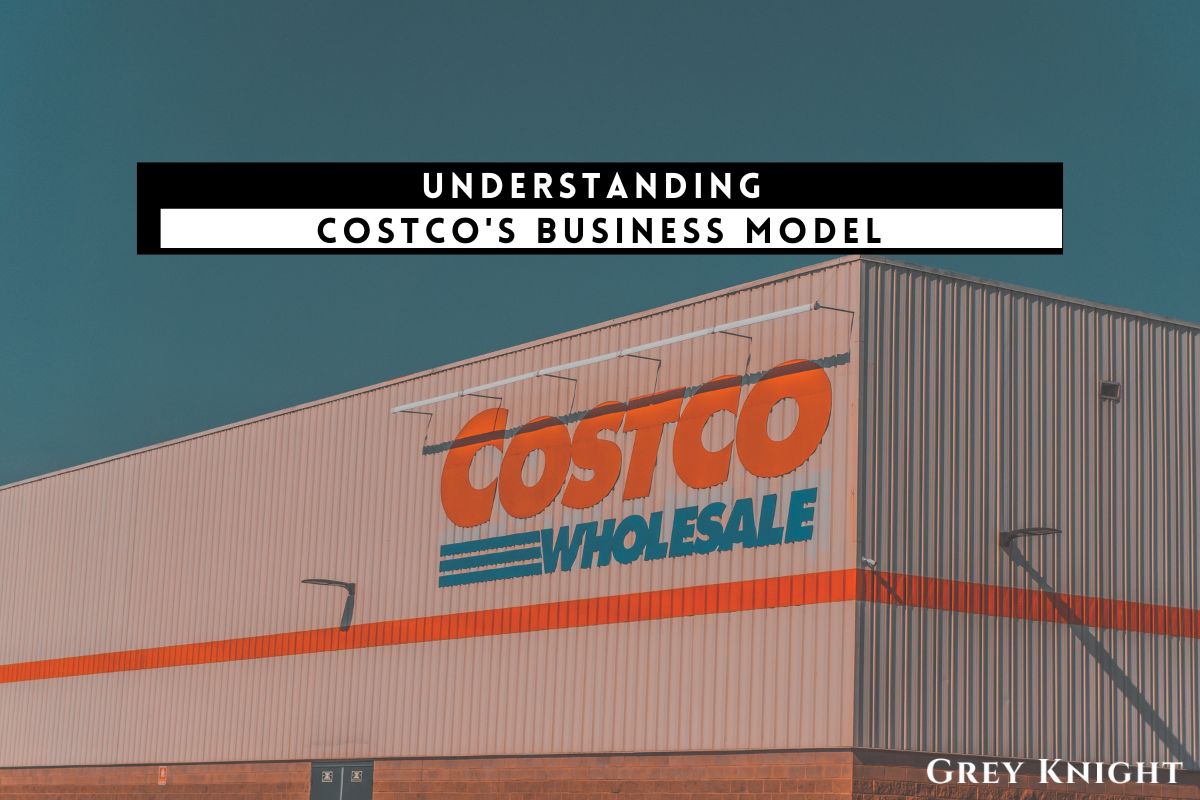Table of Contents
ToggleIntroduction
Costco, a name that resonates with massive warehouses, great deals, and an experience unlike any other. Stepping into a Costco store, you’ll notice the vastness, the absence of aisle signs, and the constant shuffle of products. But have you ever wondered why Costco’s stores are designed this way? In this article, we’ll delve into the secrets behind Costco’s retail success and explore how their unique approach has helped them become a retail behemoth.
1. The Treasure Hunt Strategy: Unveiling the Allure
Costco employs a retail strategy known as the “treasure hunt.” Picture this: you stroll through the store, and suddenly, you come across an item at an unbeatable price or something intriguingly unique. This strategy is aimed at drawing customers in and keeping them engaged. By creating a sense of excitement and discovery, Costco encourages customers to explore further, spend more time in the store, and ultimately, purchase more products.
2. The Ever-Changing Aisles: Embracing Novelty
Unlike most stores that have fixed product placements, Costco’s aisles are constantly evolving. Products are shuffled around, and new items are regularly introduced. This deliberate approach ensures that each visit to Costco feels fresh and exciting. By creating an ever-changing shopping experience, Costco instills a sense of urgency in customers, motivating them to return frequently to see what’s new. Familiarity can breed complacency, but Costco keeps its customers on their toes.
3. The Membership Model: A Win-Win Strategy
Costco operates on a membership-based model, wherein customers pay an annual fee to access the exclusive benefits and discounts offered. Most members opt for the basic plan, while others upgrade to the executive membership, unlocking additional perks. The membership dues serve as a significant revenue stream for Costco, enabling them to keep prices low on their products. The company’s main goal is to continually provide exciting items at better prices to fuel membership growth.
4. Efficiency and Low Prices: The Costco Code
Costco’s internal code revolves around maximizing efficiency and offering products at the lowest possible prices. Unlike traditional retailers, Costco follows a streamlined approach, minimizing labor costs by leaving products stacked on pallets rather than individually arranging them on shelves. The average item in a Costco store carries a mere 11% markup, significantly lower than the 25-50% markups typically found in retail. This commitment to affordability has not only fostered customer loyalty but has also contributed to Costco’s expansive reach.
5. The Power of Product Curation: Less is More
While other retailers boast a wide array of choices, Costco takes a different approach. Instead of overwhelming customers with an extensive selection, Costco strategically curates its product offerings. With around 3,700 products stocked at any given time, Costco’s inventory pales in comparison to most supermarkets’ tens of thousands of items. However, each product chosen for the shelves undergoes careful consideration. Costco’s skilled merchants, with their in-depth knowledge of the Costco customer, source high-quality products at exceptional prices, fostering a sense of trust and reliability.
6. Kirkland Signature: The Power of Private Label
Introduced in 1995, Kirkland Signature is Costco’s highly successful private label brand. When suppliers cannot meet Costco’s stringent quality and price requirements, the company steps in and develops its own products under the Kirkland Signature label. Today, Kirkland products account for a significant portion of Costco’s annual sales, totaling $166 billion. Customers trust the Kirkland brand, appreciating its high quality and affordability, reinforcing their loyalty to Costco.
7. Thriving Amidst the Pandemic: Costco’s Winning Strategy
While the pandemic posed challenges for many retailers, Costco’s unique approach allowed them to not only survive but thrive. Despite the rise in online shopping, Costco doubled down on their strategy of driving members to their physical stores. They emphasized the importance of in-store shopping, capitalizing on the appeal of impulse buys and the desire to explore the vast selection firsthand. By remaining steadfast in their focus on the in-store experience, Costco defied predictions and continued to flourish.
Conclusion
Costco’s retail success lies in its ability to create an unparalleled shopping experience. The treasure hunt strategy, ever-changing aisles, membership model, commitment to low prices, curated product selection, and the strength of the Kirkland Signature brand all contribute to Costco’s unrivaled position in the market. As the retail landscape evolves, Costco has shown resilience and adaptability, consistently providing customers with a shopping experience that goes beyond the ordinary. So, the next time you step into a Costco warehouse, embrace the adventure, explore the aisles, and revel in the unique world of Costco.
Additional Resources
To keep learning and advancing your career, we highly recommend these additional resources:
Microsoft’s Business Model: How the Tech Giant Makes Money
Spotify’s Business Model: How Spotify Became the King of Music Streaming
7 Financial Models Used by Investment Bankers












